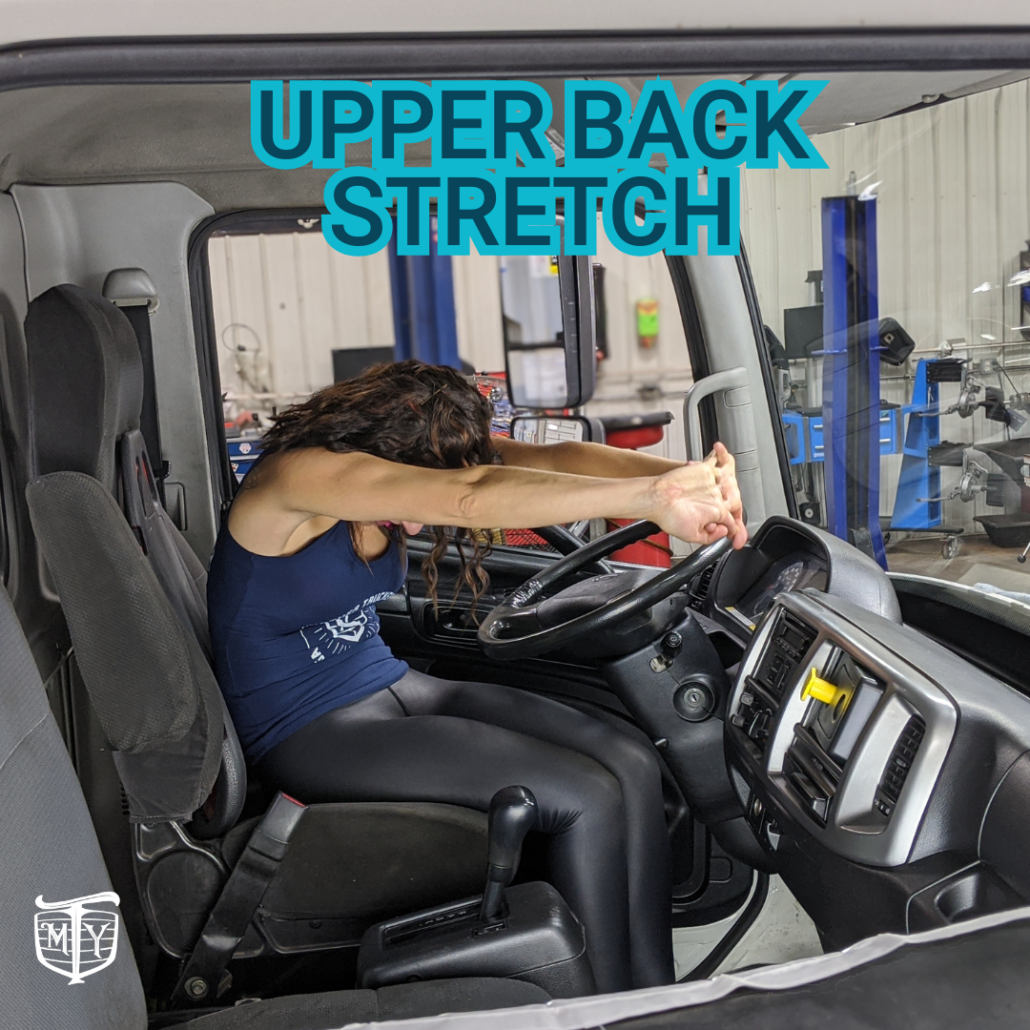The Key to Truckers’ Wellness: Staying Hydrated on the Road
For truckers navigating the endless highways, maintaining wellness goes beyond just clocking miles; it’s about safeguarding your health, with hydration playing a pivotal role. Referring to the importance of staying hydrated, Hope insightfully mentioned, “Think of hydration as your engine oil; you wouldn’t run your truck without it, don’t run your body without proper fluids.” Emphasizing the need for an effective solution, let’s discuss how you can keep yourself hydrated, focusing on an essential tool for hydration on the road: Truckers’ wellness staying hydrated hydration tips Trucker Camo™ Water Bottle
Turning Hydration Into a Habit with the Trucker Camo™ 64 oz Water Bottle
Always Keep Water Within Reach
One of the easiest ways to ensure you’re drinking enough water is by keeping it readily available. The Trucker Camo™ 64 oz Water Bottle is specially designed for truckers. Available in hot pink and army green, these bottles not only serve as a constant hydration reminder but also add a personal and stylish touch to your cab.
Set Drinking Goals
With a sizable capacity of 64 ounces, the Trucker Camo™ Water Bottle aids in setting and reaching your daily water intake goals. Fill it up in the morning, and ensure it’s emptied by day’s end. This large volume reduces the frequency of refills, making it perfect for long stretches on the road.
Durable and Road-friendly Design
Designed with truckers in mind, these bottles are built to withstand the rigors of life on the road. The durability of the Trucker Camo™ Water Bottle means it’s with you mile after mile, keeping hydration always within your grasp.
Make Hydration a Part of Your Routine
Having a Trucker Camo™ Water Bottle by your side serves as a constant reminder to drink water regularly. Incorporate hydration into your routine, taking sips at specific mile markers, during each break, or at set intervals.
Stylish and Functional
Beyond functionality, the Trucker Camo™ Water Bottles offer a unique style that reflects the trucker’s personality. Choosing from hot pink or army green options allows individual expression, making the act of staying hydrated a bit more enjoyable.
Other Key Hydration Tips
Aside from making the most of your Trucker Camo™ Water Bottle, here are a few other tips to stay hydrated:
- Limit Diuretics: Coffee and sodas can increase dehydration. Opt for water or electrolyte drinks instead.
- Monitor Your Hydration: Keep an eye on the color of your urine as a quick hydration check.
- Adjust for Weather and Altitude: Drink more in hot weather or at high elevations where you’re likely to dehydrate faster.
Conclusion:
Staying hydrated is crucial for every trucker’s wellness on the road. It’s not just about avoiding thirst; it’s about enhancing alertness, ensuring safety, and promoting overall health. With the help of the Trucker Camo™ 64 oz Water Bottle, available at Mother Trucker Yoga’s online store, truckers can now conveniently meet their hydration needs in style.












